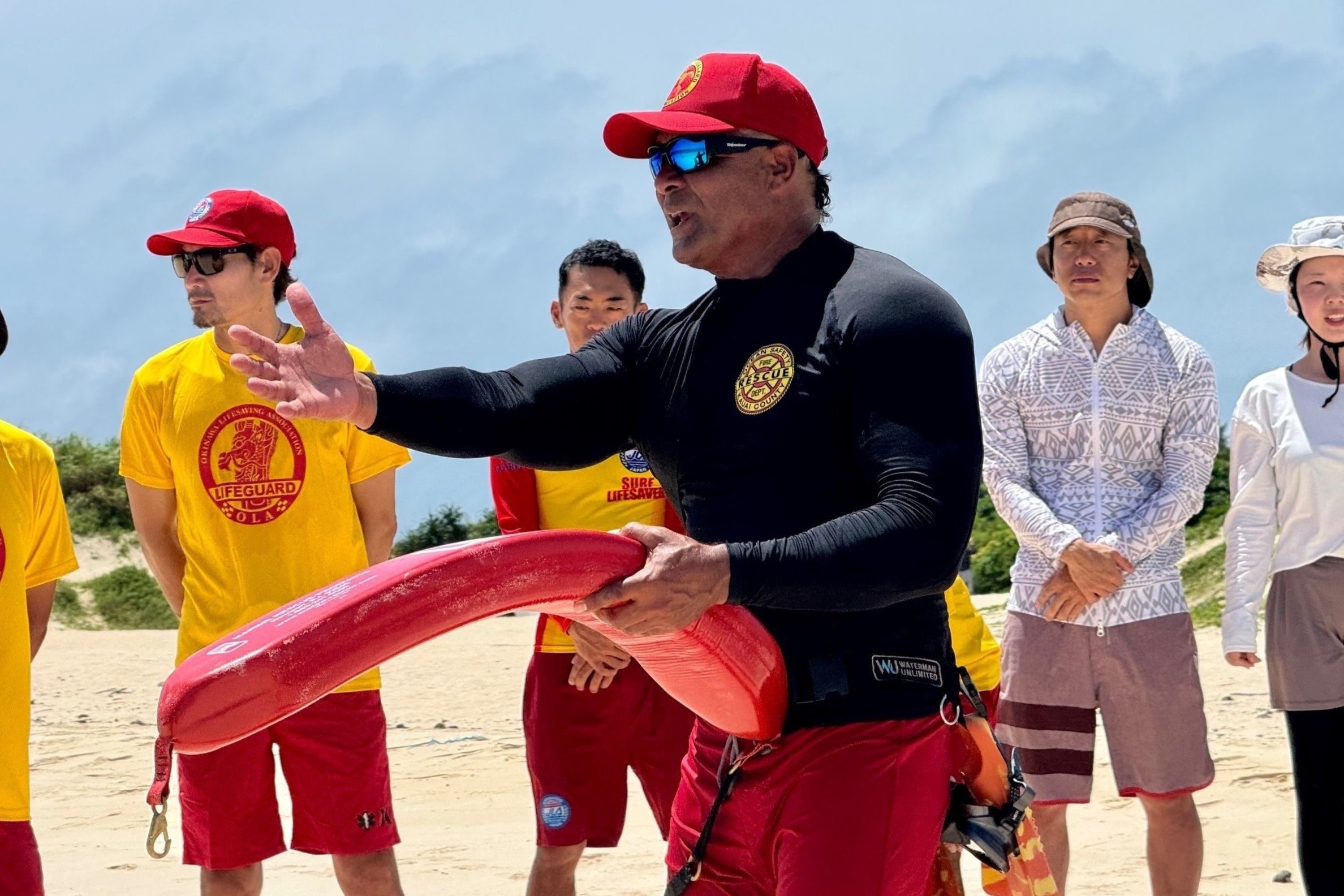Statewide Comprehensive Water Safety Education Programs
A lifeguard's job is to prevent drowning and aquatic injuries. In Hawaiʻi, lifeguards warn beachgoers about hazards through millions of preventative actions each year. The Hawaiian Lifeguard Associationʻs mission commits to:
Developing and supporting programs for drowning and injury prevention strategies.
Serving as a key resource for aquatic safety education in Hawaiʻi.
To that end we have created a Statewide Comprehensive Water Safety Education Program with five initiatives.
SAFcE - Safety Aquatic Family & Community Education
This is a classroom program taught in schools and community centers, is specifically for Hawai’i resdients that may not have access to pool or ocean swim lessons. The program focuses on providing community members information about infant and toddler at home risks (bathtubs, buckets, pools and spas), resources for identifying lifeguarded beaches and real time information about ocean conditions, how to identify rip currents, how to activate 911, how to use a rescue tube if a first responder is not available. This program also touches on skills that individuals can use to self-save until help arrives. This includes avoidance of rip currents, the ability to tread water and or float if one finds themselves in a rip current and to swim parallel to shore and conserve energy. This program also provides basic information about snorkel safety and symptoms of rapid onset, pulmonary edema. The program also emphasizes the need for adult eyes on constant supervision of children in pools and the ocean.
SAVE - Safety Aquatic Visitor Education
This is a classroom program with a focus on visitors and visitor industry professionals. The program focuses on providing visitors and visitor industry professionals the skills and resources to identifying lifeguarded beaches and real-time information about ocean conditions, how to identify rip currents, how to activate 911, how to use a rescue tube if a first responder is not available. This program also touches on skills that individuals can use to self-save until help arrives. This includes avoidance of rip currents, the ability to tread water and or float if one finds themselves in a rip current and to swim parallel to shore and conserve energy. This program also provides basic information about snorkel, safety and symptoms of rapid onset, pulmonary edema. The program also emphasizes the need for adult eyes on constant supervision of children in pools and the ocean.
Beach Guardian Workshop
In 61% of water related emergencies in Hawai’i, a bystander is the first person on scene. The Beach Guardian Workshop teaches skills to community members and visitors to act quickly before first responders arrive. It includes instruction on activating 911, awareness of beach names, how to use common resources such as a rescue tube, surfboard or boogie boards to assist drowning patients. How and when to use hands only CPR. Participants will also be taught basic self-saving techniques – treading water, floating, and rip current identification.
This program is typically held at a pool or at the beach, it is meant for visitors and community members of all ages.

